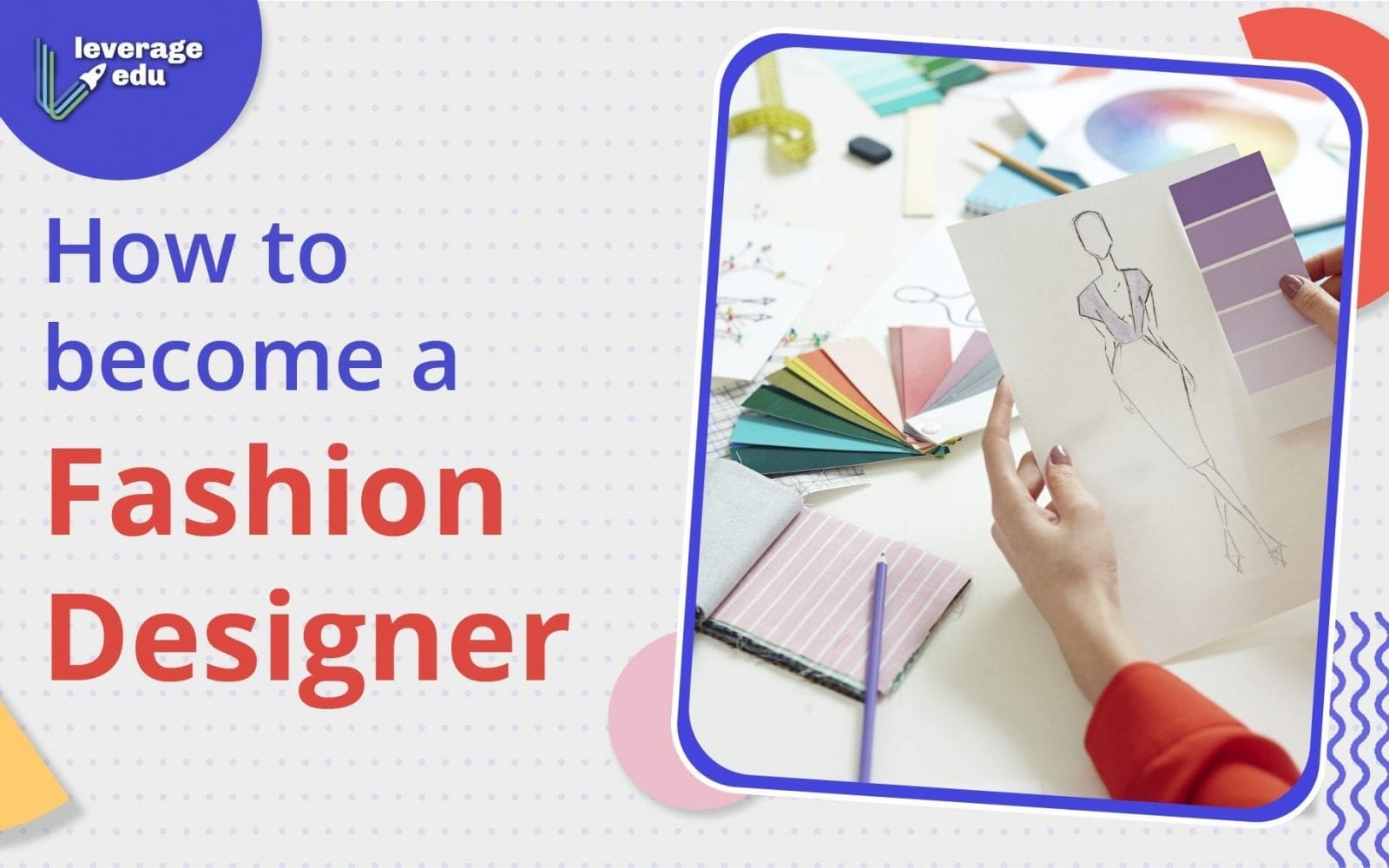Exploring the Pathways: Degrees Required and Steps to Become a Fashion Designer

Introduction: The Educational Journey of a Fashion Designer
Fashion design is a vibrant and competitive field that blends creativity, technical prowess, and business acumen. Aspiring designers often wonder what academic qualifications are needed to begin a career in fashion design. While talent and passion are fundamental, formal education plays a key role in developing the skills and knowledge required to thrive in the industry. This article provides comprehensive guidance on degree requirements, alternative educational pathways, practical experience, and actionable steps for those seeking to become professional fashion designers.
Understanding Degree Requirements in Fashion Design
The majority of successful fashion designers hold at least a bachelor’s degree in fashion design, fine arts, or a closely related field. This four-year program provides a solid foundation in textiles, color theory, computer-aided design (CAD), and the principles of garment construction. However, the field is flexible: some designers enter with an associate’s degree (two years), while others supplement their education with certificates or diplomas from reputable fashion schools. A master’s degree is generally not required for entry-level positions but can offer advanced specialization and open doors to management or niche roles within the industry [1] , [2] , [3] , [5] .
Associate’s Degree in Fashion Design
Duration: 2 years Overview: An associate’s degree introduces students to the essentials of fashion design, including textile principles, pattern-making, sewing, and digital communication. This pathway is suitable for those seeking entry-level roles or planning to transfer to a bachelor’s program later. Notable programs, such as the AAS at the Fashion Institute of Technology, emphasize hands-on projects and portfolio development [4] .
Bachelor’s Degree in Fashion Design or Fine Arts
Duration: 4 years Overview: The bachelor’s degree is the industry standard and is preferred by most employers. The curriculum covers advanced design techniques, fashion history, business and marketing, and the use of CAD software. Students develop a professional portfolio and often participate in fashion shows or internships, which are critical for real-world experience [3] .
Master’s Degree and Specializations
Duration: 2 additional years (post-bachelor’s) Overview: While not required for entry-level roles, a master’s degree in fashion design or fashion merchandising can help designers gain expertise in specialized areas, conduct advanced research, or move into leadership positions. These programs typically offer extensive internship opportunities and foster connections within the industry [1] .
Certificates and Diplomas
For those seeking a shorter educational commitment, many fashion schools offer one-year certificates or diplomas. These programs focus on technical skills and portfolio development. However, they may not provide the same breadth of education or career prospects as degree programs [2] .

Source: thebluediamondgallery.com
Alternative Pathways: Breaking into Fashion Without a Degree
While formal education is highly valued, exceptionally talented individuals can sometimes enter the industry through alternative routes. Building a strong portfolio, mastering technical skills, and gaining practical experience through apprenticeships or internships are critical for those without a degree. Some designers start as stylists, fashion buyers, or assistants to established professionals, gradually building their reputation and network [3] .
Skill Development and Portfolio Building
Regardless of academic background, a compelling portfolio showcasing original designs, technical proficiency, and creativity is essential. Consider the following steps:
- Learn technical skills: Master sewing, draping, pattern-making, and garment construction through online courses, workshops, or local classes.
- Build your portfolio: Create a diverse collection of design sketches, prototypes, and finished garments. Document your creative process and highlight unique elements.
- Gain practical experience: Seek internships or apprenticeships with established designers or fashion houses to learn industry standards and expand your professional network.
Many reputable schools and organizations, such as the American Apparel & Footwear Association , endorse programs that emphasize real-world experience and portfolio development [2] .
Essential Coursework and Skills for Fashion Designers
Fashion design programs typically require courses in:

Source: dreamstime.com
- Color theory and textiles
- Fashion history and art history
- Pattern-making, sewing, and tailoring
- Computer-aided design (CAD)
- Business, marketing, and merchandising
Designers are increasingly expected to use advanced technology, including AI-powered design tools and software for technical drawings. Employers favor candidates with both creative and business skills, as launching a fashion line or brand requires understanding market demand, pricing strategies, and consumer behavior [2] , [3] .
Step-by-Step Guidance: How to Become a Fashion Designer
Below is a practical roadmap for aspiring designers:
- Complete High School: Take courses in art, mathematics, consumer science, and computer-aided design to build foundational skills.
- Research Fashion Programs: Identify accredited schools offering degrees in fashion design, fine arts, or fashion merchandising. Visit official school websites, such as the Fashion Institute of Technology , for detailed curriculum and admissions information [4] .
- Apply and Enroll: Submit applications, portfolios, and transcripts as required. Many schools require a portfolio review as part of the admissions process.
- Develop Technical and Creative Skills: Engage in coursework, workshops, and internships. Participate in school fashion shows and collaborative projects to expand your experience.
- Build Your Professional Network: Connect with peers, professors, and industry professionals. Attend fashion events, exhibitions, and seminars to stay updated on trends and opportunities.
- Gain Work Experience: Pursue internships, entry-level positions, or freelance opportunities. Consider roles such as stylist, buyer, or assistant designer to broaden your skill set.
- Launch Your Career: Showcase your portfolio, apply for design positions, or start your own brand. Continue learning and adapting to industry changes to maintain relevance and growth.
If you are uncertain about which program to choose, use online resources or consult career advisors at local colleges. You may also search for “fashion design degree programs” and “accredited fashion schools” through reputable search engines or visit the American Apparel & Footwear Association for endorsed programs.
Challenges and Solutions in Fashion Design Education
Fashion design is competitive. Admission to top schools can be challenging, and building a unique portfolio requires dedication. Financial constraints or lack of access to specialized programs may limit options for some candidates. Solutions include:
- Scholarships and Financial Aid: Many institutions offer scholarships based on merit or need. Contact school financial aid offices directly for guidance on application processes.
- Online Courses: Numerous platforms provide affordable or free courses in design, sewing, and business skills. While these may not replace a formal degree, they can enhance your skills and portfolio.
- Networking: Attend local fashion events, join online forums, or connect with mentors to gain insights and opportunities.
Alternative Careers and Further Specialization
If you discover that traditional fashion design is not your ideal path, consider related roles such as fashion merchandising, styling, costume design, or fashion marketing. Each area has its own educational requirements and career prospects. Continuing education through workshops or specialized certificates can help you transition between roles or deepen your expertise.
Accessing Opportunities and Resources
To maximize your chances of success:
- Search for accredited fashion design programs using official school websites and industry associations.
- Contact admissions offices at your chosen institutions for specific requirements and guidance.
- Explore internship opportunities via school career centers, professional networks, or industry job boards.
- Stay informed about trends through reputable fashion publications and official organizations.
If you are unable to find verified links for a specific resource, rely on school directories, government education portals, or professional associations for accurate information. Always avoid unverified or unofficial websites when researching programs or submitting applications.
Key Takeaways
While a bachelor’s degree in fashion design or a related field is the most common pathway, associate’s degrees, certificates, and alternative experiences offer viable routes for talented individuals. Building a strong portfolio, gaining practical experience, and staying adaptable are vital for long-term success. Use verified resources and direct guidance from schools and industry associations to navigate your educational and professional journey in fashion design.
References
- [1] PreCollegePrograms.org (2023). What Kind of Education Do You Need to Become a Fashion Designer?
- [2] Vault (2023). Fashion Designers: Requirements.
- [3] TheBestSchools.org (2025). What Are The Requirements For A Career In Fashion Design?
- [4] Fashion Institute of Technology (2025). Fashion Design AAS Degree Program.
- [5] CareerVillage (2024). How to Become a Fashion Designer?






